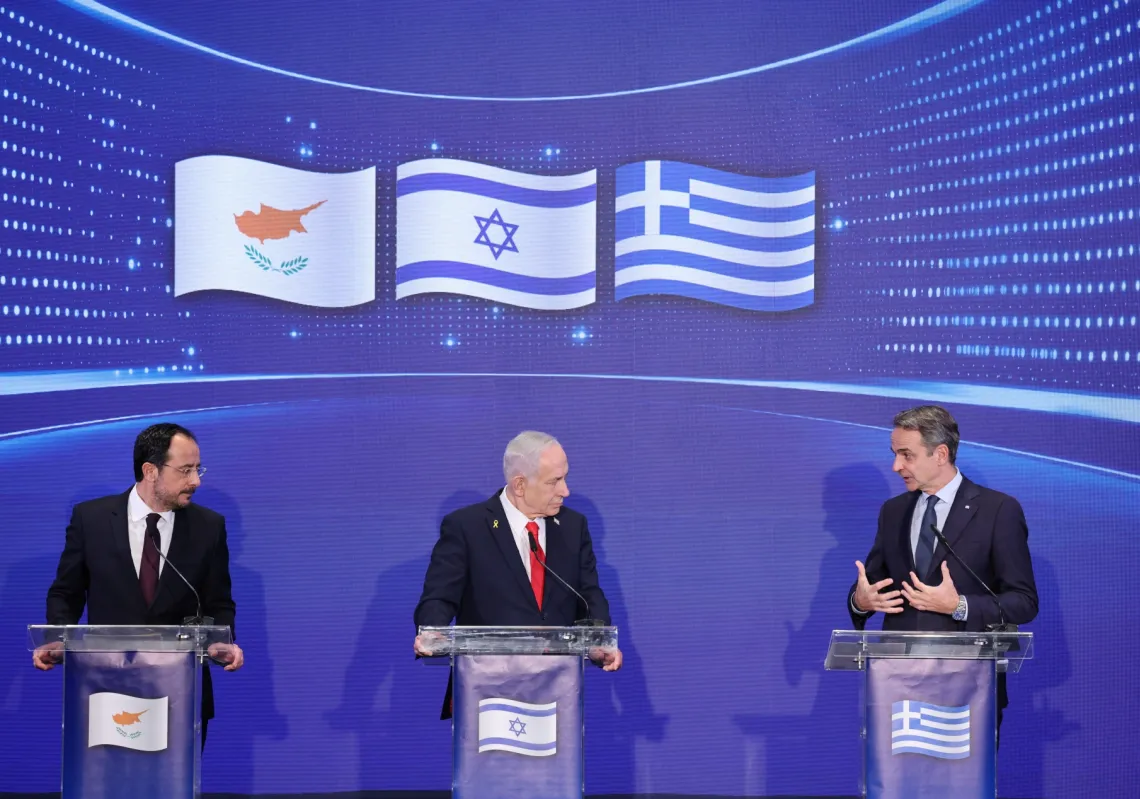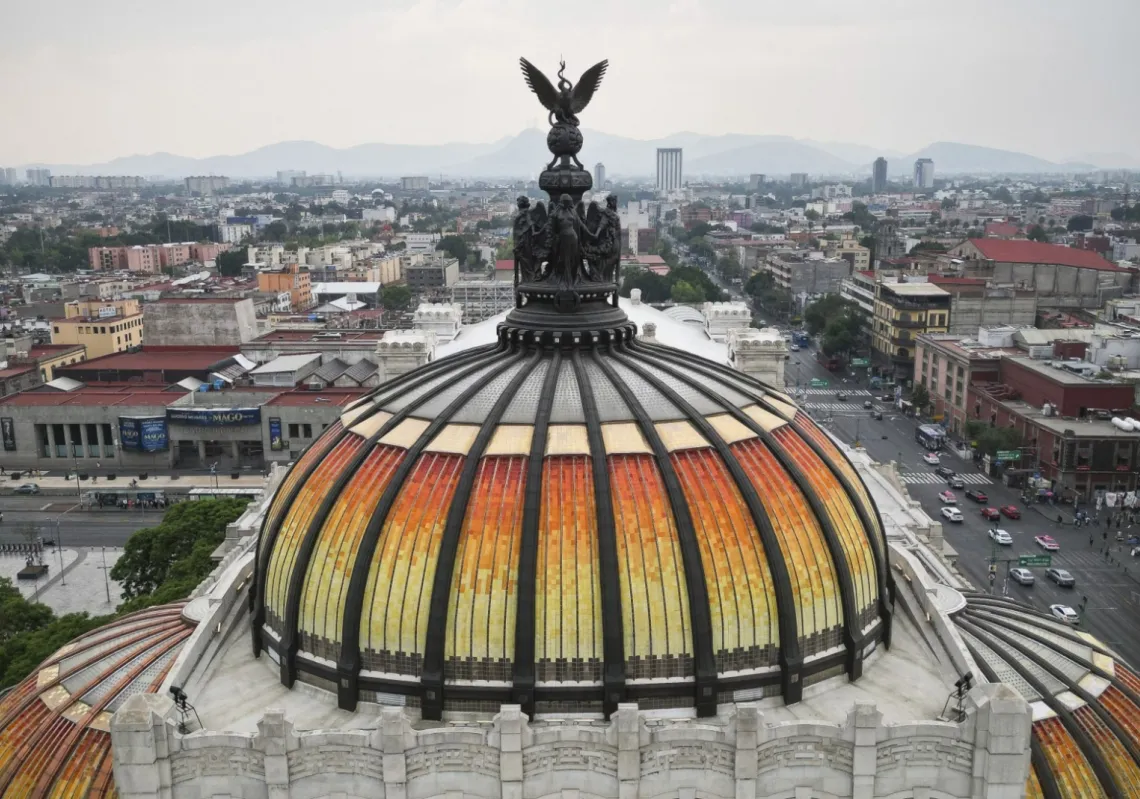Raqqa: The bloodshed in Syria’s far northeast is continuing, with many Arabs fighting as part of the separatist Kurdish army in opposition to the Damascus government.
While Al Majalla was travelling by car on the road between the cities of Qamishli and Raqqa – controlled by the Syrian Democratic Forces (SDF) –the local radio station reported that Aslan Ahmed Alkan, the leader of these forces, was a victim of a bombing in the city of Manbij, one of the areas under SDF control.
An encounter with his relatives helped explain the forces at work in Syria and how they have reshaped ethnic and other allegiances after the toll taken by such a long period of conflict.
We contacted the family of the victim several days after the attack, in the villages within the Raqqa Governorate. They had been displaced from their original area when the Turkish-backed Syrian opposition factions took control of it in the winter of 2019.
Aslan is the brother of Jamal Alkan, another leader in the SDF, who was killed during a confrontation with Islamic State (IS) members in the city of Raqqa.
Their other brother, Haqqi Alkan, has been affiliated with the internal security forces associated with the SDF since 2012, while their fourth brother holds a high-ranking security position within the SDF in Raqqa.
The family belongs to the Arab Al-Walda Tribe, specifically the Al-Howiwat branch, which is widespread throughout the northern countryside of the Raqqa Governorate.

Alternative to regime forces
Many of the family's members joined the SDF after their cousin, Judge Ahmed Al-Khalif, was assassinated with a car bomb in Ras al-Ayn in the autumn of 2012. At that time, the city was partially controlled by extremist organisations that exerted various forms of domination over the local population.
Aslan's family told Al Majalla that their sons' affiliation with the SDF came primarily from their belief that these forces represented a distinct alternative to the Syrian regime, dark forces, and regional hegemony over Syria.

















